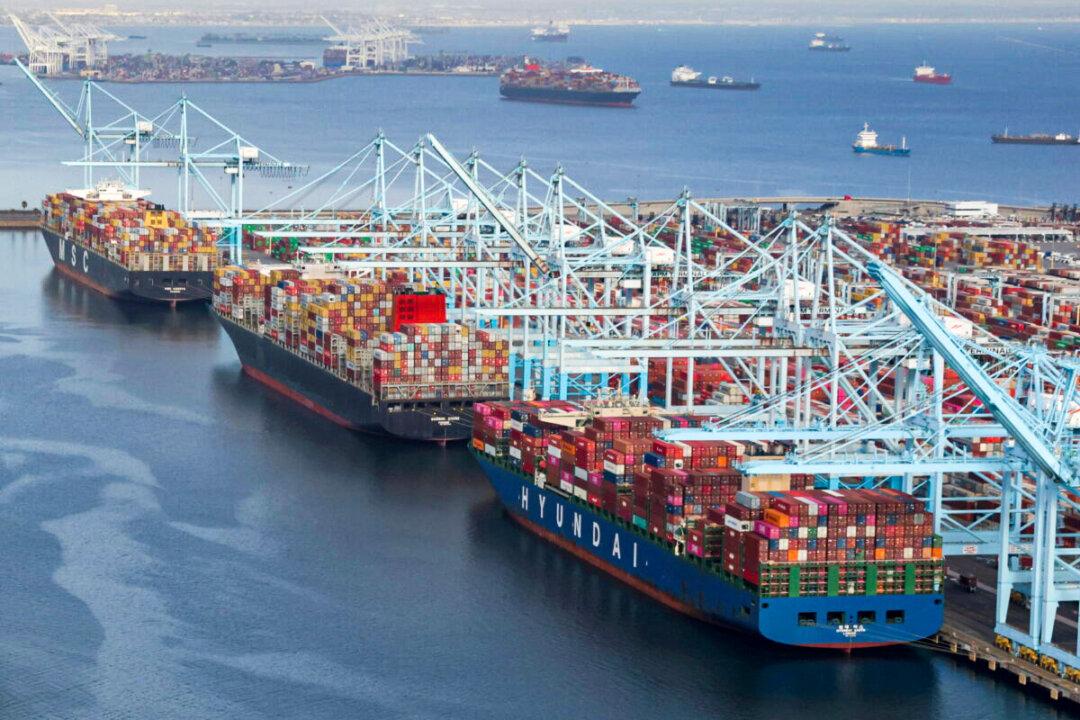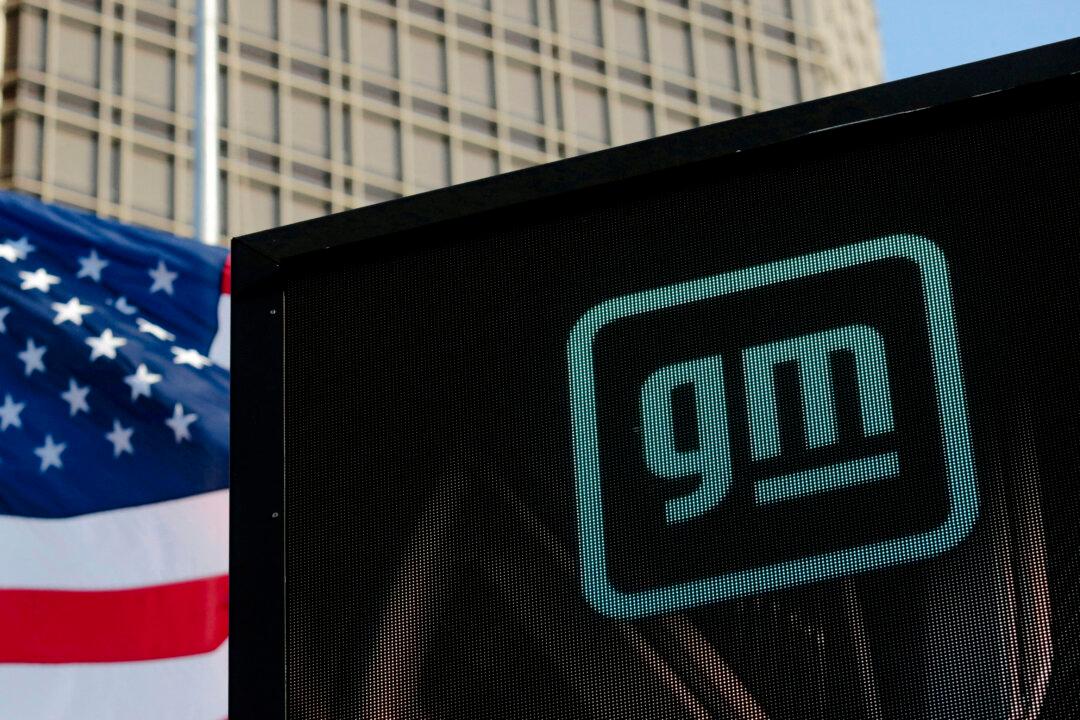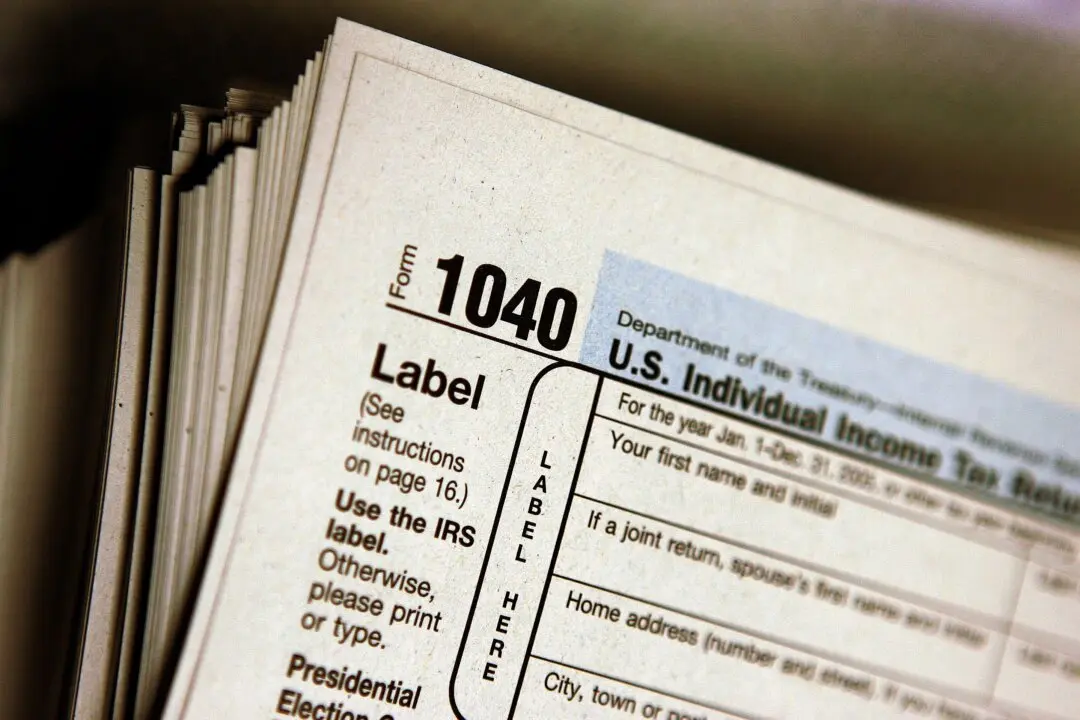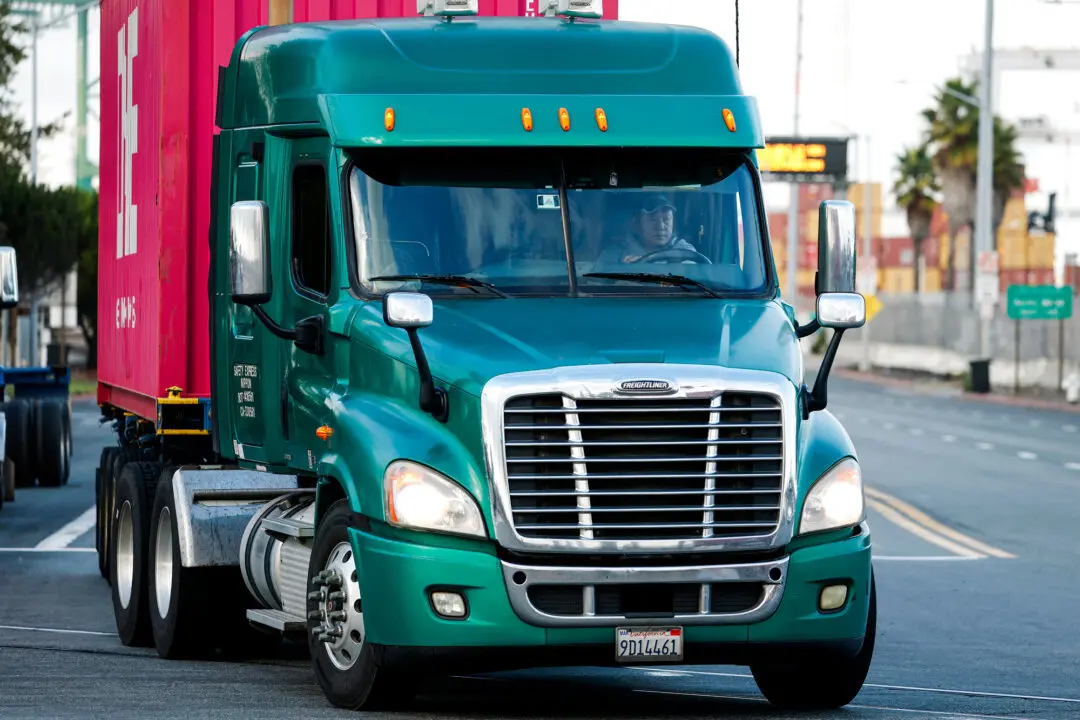Officials have declared an end to the backup of container ships at Southern California ports that lasted for more than two years after shipping delays at the ports caused nationwide supply-chain snarls.
The Marine Exchange of Southern California reported cargo ship backups had fallen to zero beginning Nov. 22—a stark difference from one year ago when the ports of Los Angeles and Long Beach were bogged down with 81 container ships.





